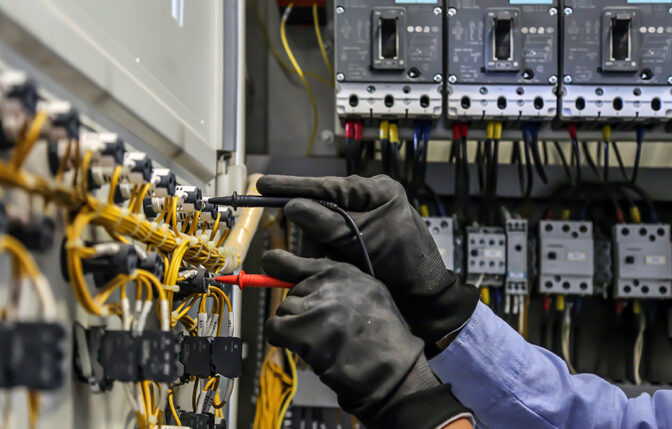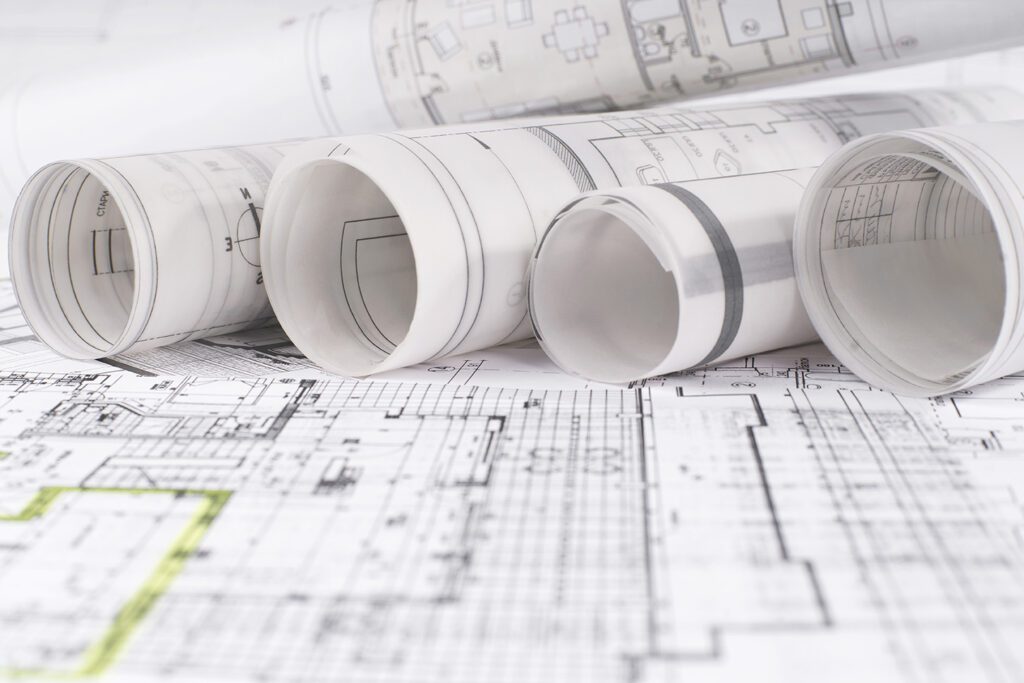
Safety. Reliability. Resiliency.
Arc Flash Hazard Analysis Services
Arc Flash Analysis is a crucial process that aims to safeguard personnel and equipment from potentially catastrophic electrical incidents. This comprehensive electrical safety assessment, mandated by OSHA, involves evaluating the potential impact of an arc flash—a sudden release of energy—during an electrical fault or short circuit. In this article, we will delve into what Arc Flash Analysis entails, why it is essential for facility owners and operators, and how it ensures safe and uninterrupted operations.
What is Arc Flash Analysis?
Arc Flash Analysis is a systematic evaluation of an electrical system to determine the incident energy levels at various points. Incident energy refers to the thermal energy released during an arc flash event, and it is measured in calories per centimeter squared (cal/cm^2). This assessment involves a series of steps to identify potential arc flash hazards, calculate incident energy levels, and establish safe working boundaries for personnel near electrical equipment.
The Arc Flash Analysis Process
Comprehensive Facility Assessments:
The process starts with a detailed examination of the facility’s electrical infrastructure. Skilled electrical engineers conduct inspections to identify potential risks, loose connections, and overloaded circuits that may lead to arc flash incidents. An additional service Enviros can perform is an equipment evaluation, noting what equipment has exceeded its useful life, is in disrepair, improperly installed, or is no longer supported by the manufacturer making repairs unreasonably difficult.
The largest benefit to safety is the knowledge of the system Enviros provides. The Comprehensive Facility Assessment part of this process that is necessary for Enviros to do the Arc flash assessment provides much more information than just an incident energy number and labels. The process is very high-level, electrical retro-commissioning. Electrical system performance is not measured like HVAC, rather it is mostly described in available uptime. About 99.99999% available is often expected.
Equipment Inventory and One-Line Diagrams:
Accurate equipment inventory and one-line diagrams are created, providing a clear representation of the electrical system’s components and interconnections.
SKM Modeling:
Our Enviros team utilized the latest version of SKM PTW 32 for all system modeling, analysis, and studies.
Ground Resistance Analysis:
The current ground system test reports can be evaluated and comments regarding the effectiveness of the grounding system can be provided. Recommended changes to systems based on modern design standards can be considered to ensure fault currents are safely diverted away from personnel and equipment.

The Arc Flash Analysis Process – Continued
Short Circuit Study:
The system is modeled with the actual available fault current provided by the Utility and reported at every bus in the system. All equipment buses and overcurrent protective devices are analyzed to see if their ratings meet the available fault current. Buses and devices that do not pass this evaluation are considered “overdutied” and are recommended for immediate replacement in the report.
Protective Device Coordination Study:
Time current curves (TCCs) are produced for the overcurrent protective devices in the system to ensure proper coordination between upstream and downstream devices. Recommendations to adjust settings on breakers are made where applicable, and fixed devices are recommended to be replaced if coordination cannot be achieved.
Incident Energy Calculations:
The incident energy is calculated at each equipment bus within the Scope of Work and summarized in the arc flash table. Multiple scenarios (Utility power vs. generator power, for example) are considered and the worst-case incident energy is reported. Arc flash labels reporting the shock hazard, the working distance, the arc flash boundary, the incident energy at the working distance, and proper PPE are produced for all buses in scope.
Incident Energy Calculations:
The incident energy is calculated at each equipment bus within the Scope of Work and summarized in the arc flash table. Multiple scenarios (Utility power vs. generator power, for example) are considered and the worst-case incident energy is reported. Arc flash labels reporting the shock hazard, the working distance, the arc flash boundary, the incident energy at the working distance, and proper PPE are produced for all buses in scope.
Infrared Panel Scanning:
Infrared (IR) panel scanning is a non-invasive technique that detects electrical abnormalities, hotspots, and potential failure points. These scans help prevent arc flash incidents by identifying issues before they escalate.
Load Flow Analysis:
Each feeder and branch circuit is analyzed with the Load Flow study in PTW 32 to check for acceptable voltage drop. Excessive voltage drop is a code violation and can lead to damage and a shorter life cycle of electrical equipment.
What is the Importance of Arc Flash Analysis?
Ensuring Personnel Safety:
The best way to address Personnel Safety is usually to work on de-energized equipment. The arc flash analysis provided vital information to the worker when it is necessary to work on the equipment live so that the worker can wear the proper PPE and be aware of the shock hazard and arc flash boundary. Arc flash incidents can cause severe injuries and even fatalities. All electrical work, whether live or de-energized, should be performed according to NFPA 70E.
Compliance with OSHA Regulations:
Compliance with OSHA’s electrical safety regulations is mandatory. Arc Flash Analysis ensures that your facility meets the highest of these safety standards, contributing to your written comprehensive electrical safety program and allowing employers to set safety boundaries and employee limits. All in preventing injury and potential fines and penalties.OSHA recommends an arc flash analysis be performed every five years or when major changes to the system have been made, whichever comes first.


Arc Flash Hazard Analysis Services at Enviros
Arc Flash Analysis is a critical aspect of electrical safety, protecting both personnel and equipment from the devastating effects of arc flash incidents. By conducting a comprehensive assessment, facility owners and operators can comply with safety regulations, prevent injuries, and ensure uninterrupted operations. Invest in Arc Flash Analysis to create a safer work environment and maintain compliance with OSHA standards. Partner with our experienced electrical team at Enviros and let us help you safeguard your facility through meticulous Arc Flash Analysis.

